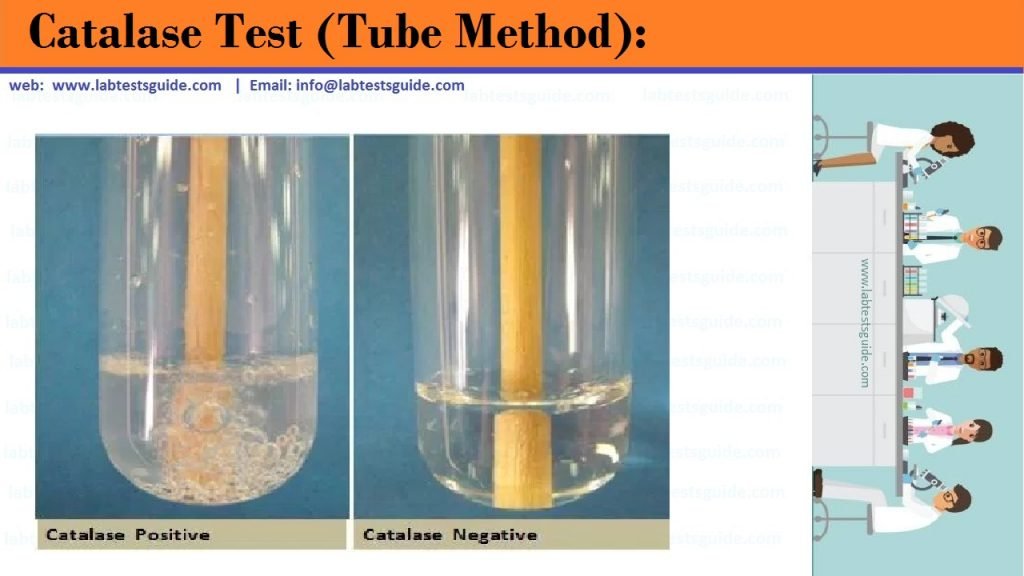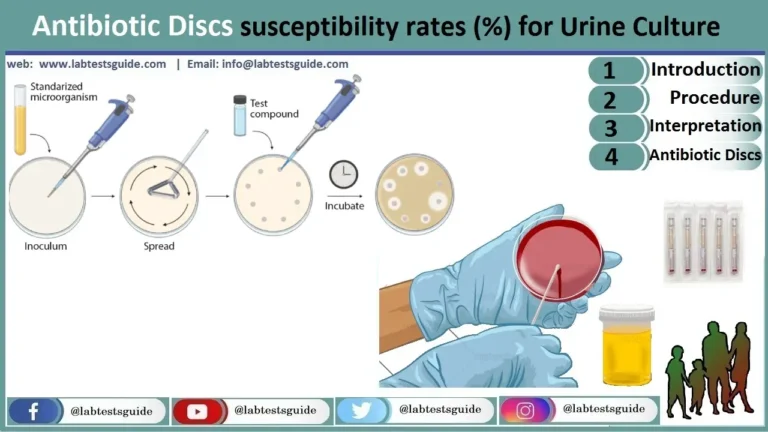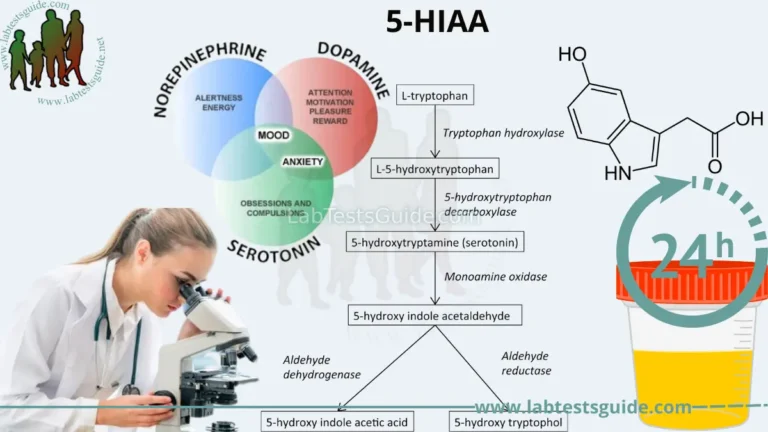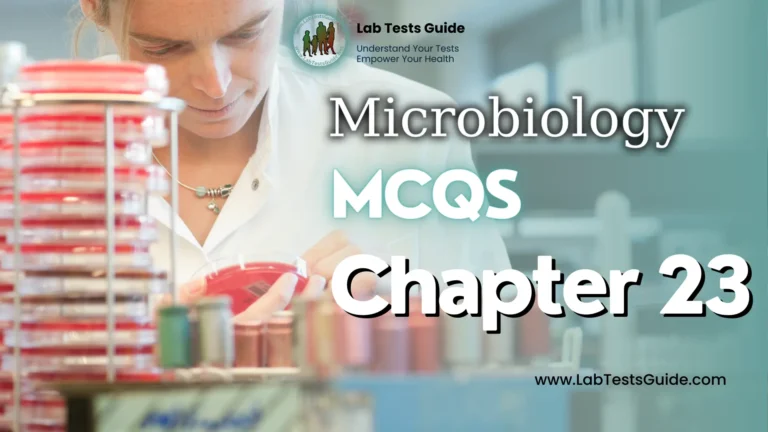The catalase test is used to differentiate staphylococci (catalase-positive) from streptococci (catalase-negative). The enzyme, catalase, is produced by bacteria that respire using oxygen, and protects them from the toxic by-products of oxygen metabolism. Catalase-positive bacteria include strict aerobes as well as facultative anaerobes, although they all have the ability to respire using oxygen as a terminal electron acceptor. Catalase-negative bacteria may be anaerobes, or they may be facultative anaerobes that only ferment and do not respire using oxygen as a terminal electron acceptor (ie. Streptococci).
Procedure (Slide Method):

- Transfer a small amount of bacterial colony to a surface of clean, dry glass slide using a loop or sterile wooden stick
- Place a drop of 3% H2O2 on to the slide and mix.
- A positive result is the rapid evolution of oxygen (within 5-10 sec.) as evidenced by bubbling.
- A negative result is no bubbles or only a few scattered bubbles.*
- Dispose of your slide in the biohazard glass disposal container.
Procedure (Tube Method):

- Add 4 to 5 drops of 3% H2O2 to in a test tube
- Using a wooden applicator stick, collect a small amount of organism from a well-isolated 18- to 24-hour colony and place into the test tube (Note: Be careful not to pick up any agar (especially if using Blood Agar).- Explanation in precaution below)
- Place the tube against a dark background and observe for immediate bubble formation (O2 + water = bubbles) at the end of the wooden applicator stick.
Catalase Test Results:
- Catalase positive reaction: Evident by immediate effervescence (bubble formation)
- Catalase negative reaction: No bubble formation (no catalase enzyme to hydrolyze the hydrogen peroxide)
Uses of Catalase Test Results:
- The catalase test is primarily used to distinguish among Gram-positive cocci: members of the genus Staphylococcus are catalase-positive, and members of the genera Streptococcus and Enterococcus are catalase-negative.
- Catalase test is used to differentiate aerotolerant strains of Clostridium, which are catalase negative, from Bacillus species, which are positive.
- Semiquantitative catalase test is used for the identification of Mycobacterium tuberculosis.
- Catalase test can be used as an aid to the identification of Enterobacteriaceae. Members of Enterobacteriaceae family are catalase positive.
Possible References Used






